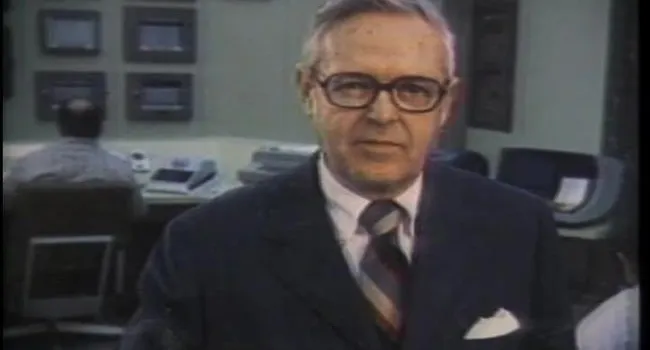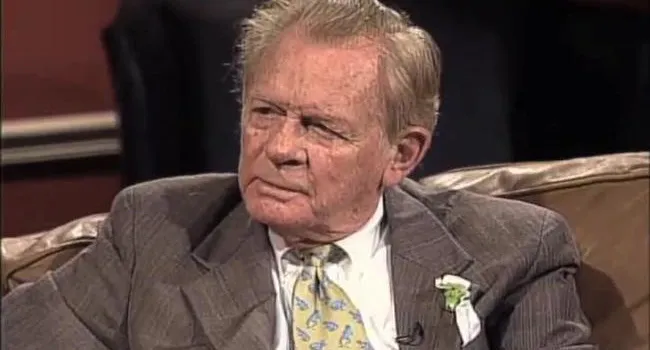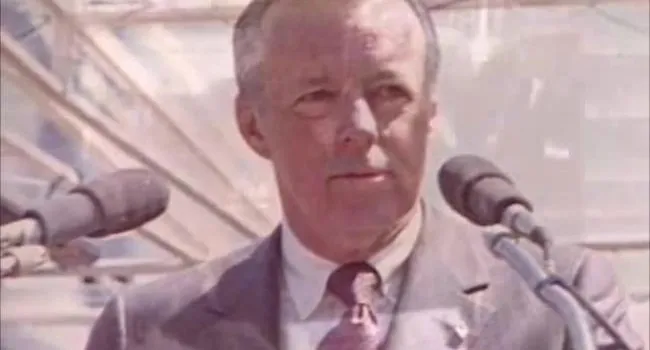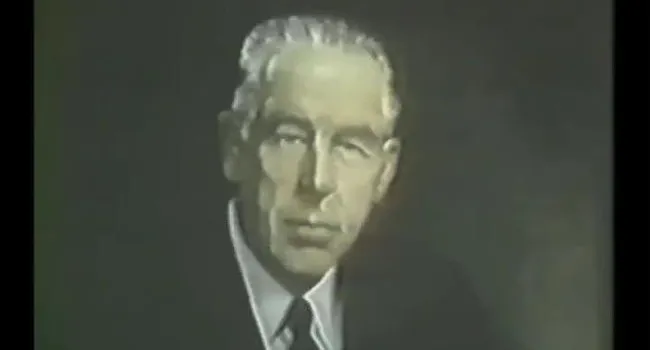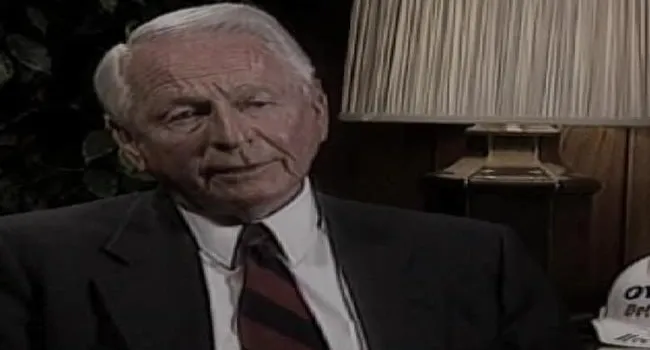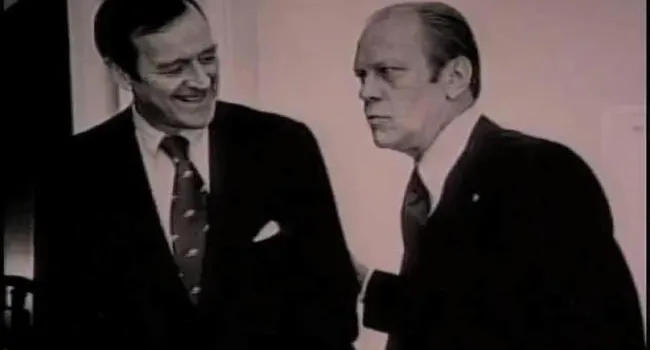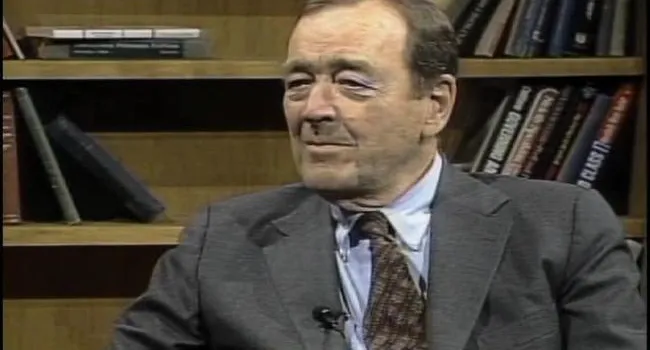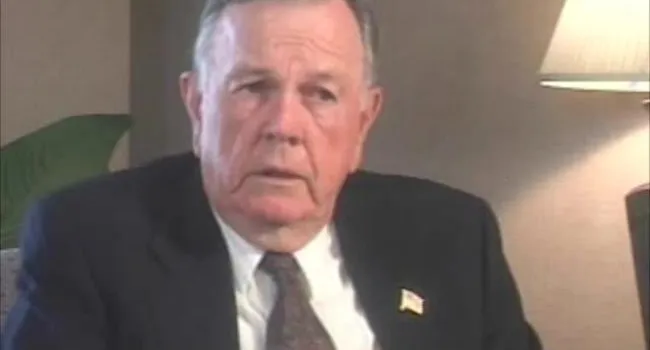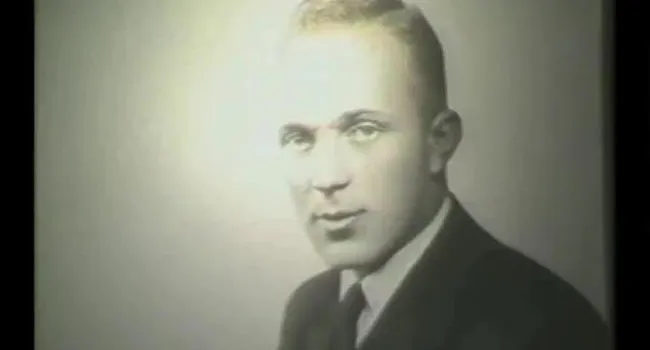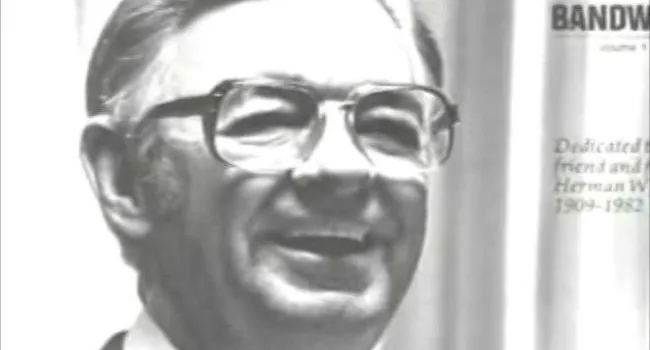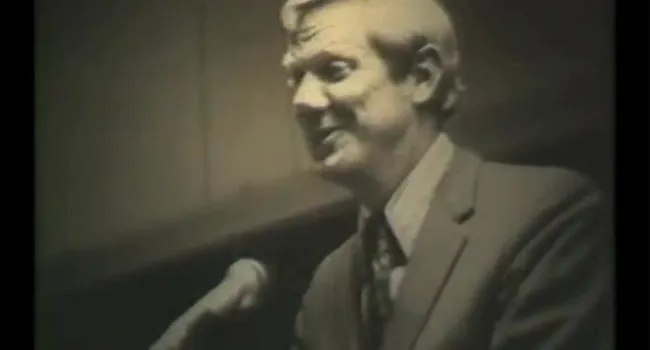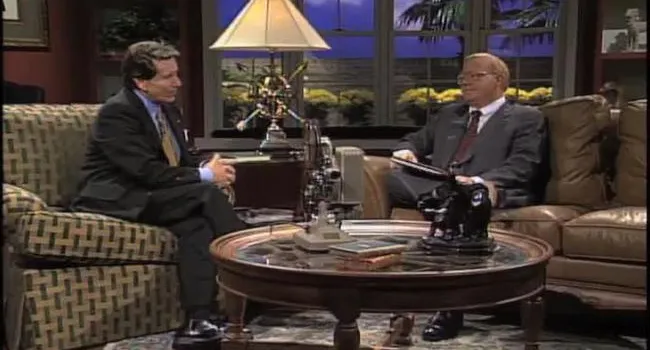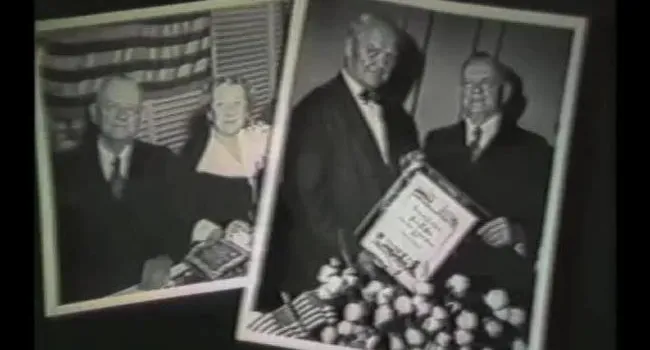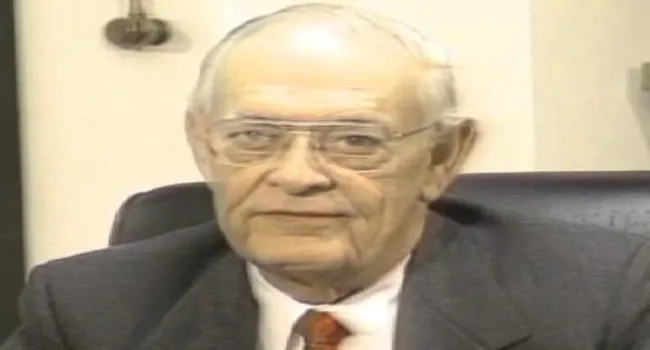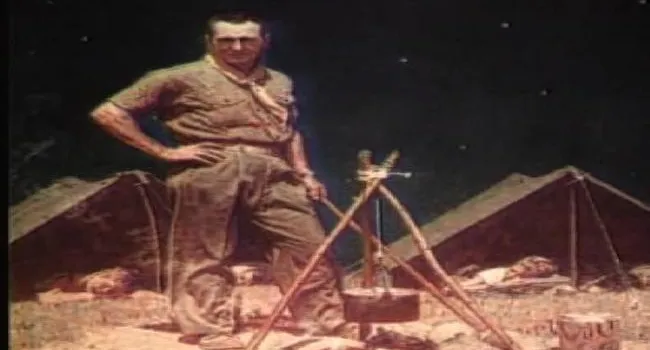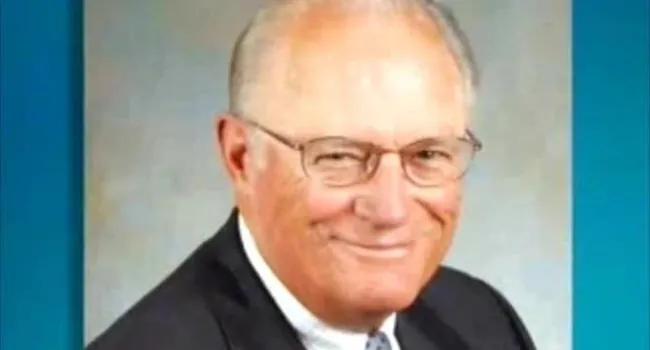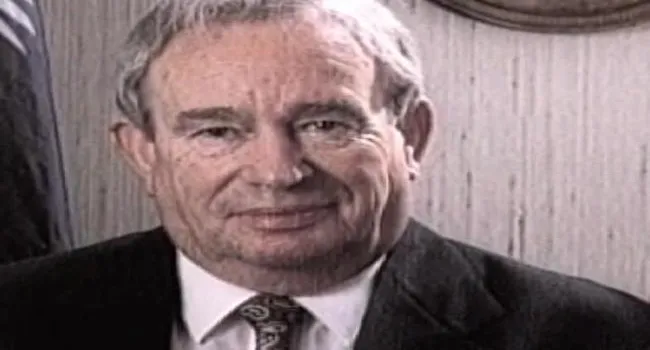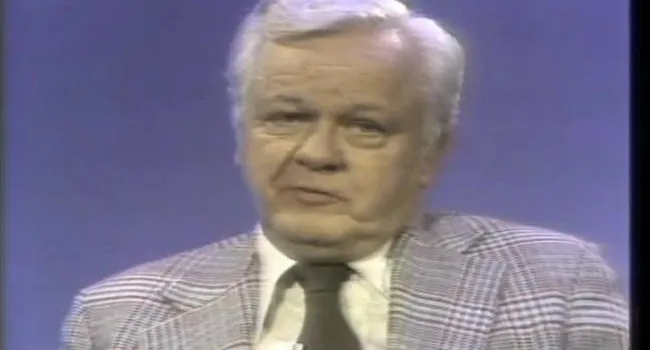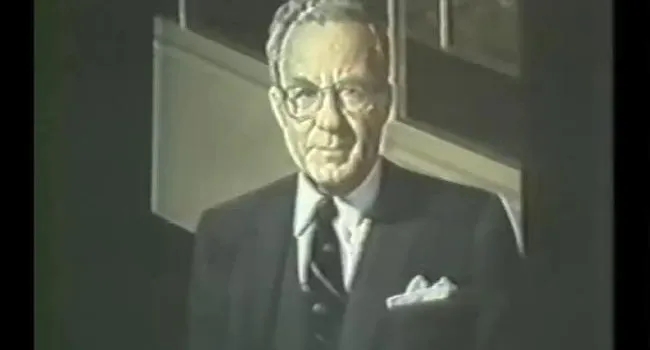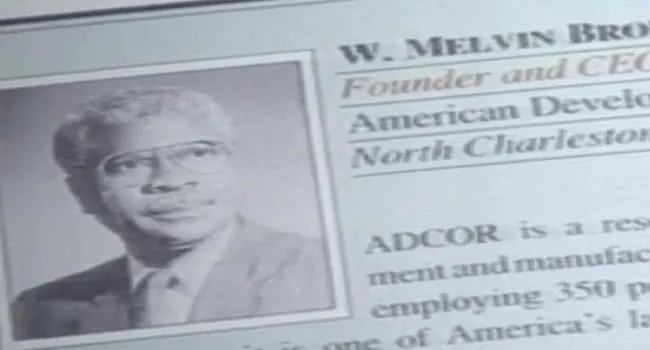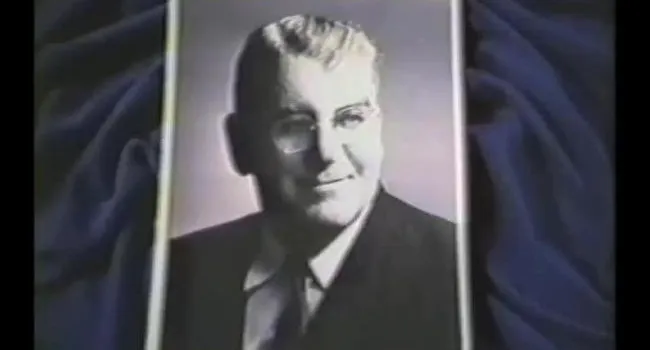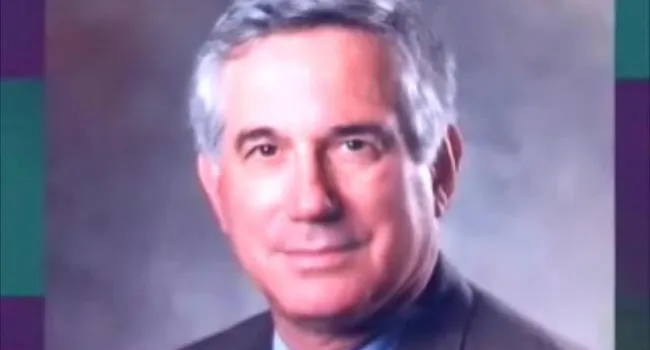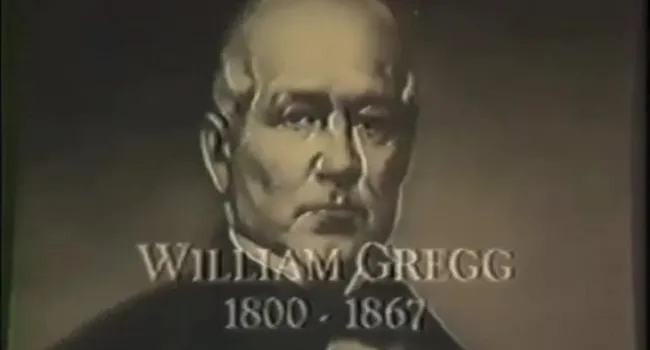A profile of William Jacob Murray, Jr.
William J. Murray (1888 – 1972)
William J. Murray of Columbia helped guide a beleaguered McKesson & Robbins through the dark days of the late 1930s and early 1940s, and, thus, contributed to the development of the $21 billion health care company that operates today as McKesson Corporation.
William Jacob Murray, Jr., was born February 20, 1888, in St. George, the son of Dr. William Jacob and Mary A. Connor Murray. His father, a physician, was a partner in the wholesale drug firm P. L. Moorer and Company.
In 1888, the family moved from St. George to Columbia, where Dr. Murray opened a wholesale drug company with his brother-in-law, Dr. J. G. Wannamaker. When Wannamaker withdrew from the partnership, the business was reorganized as Murray Drug Company.
Murray attended the public schools of Columbia and enrolled at The Citadel. He graduated in 1907 at the age of 19 and joined family-owned Murray Drug Company in Columbia. In 1911, he became secretary and was named vice president in 1916 and president in 1928. The following year, Murray Drug Company merged with McKesson & Robbins, and Murray moved to New York to become vice president and a member of its board of directors.
Murray Drug Company was one of several regional drug wholesalers invited into the McKesson & Robbins organization. Through the regional warehouses acquired in the mergers, McKesson & Robbins was better able to supply retail drugstores.
Murray served as vice president of McKesson & Robbins until 1936, when he was named first vice president, third in command behind Dr. F. Donald Coster, the president, and C. F. Michaels, executive vice president.
McKesson & Robbins was founded in 1840 by John McKesson and Dr. Charles A. Robbins and became the nation's best-known drug manufacturing company. As the years passed, heirs to the founders were constantly at odds, the company's direction changed, and finally, in 1926, McKesson & Robbins was sold to Frank Donald Coster for $1 million. It was Coster's business acumen that led to the creation of the McKesson & Robbins that Murray had joined.
McKesson & Robbins continued to show steady growth, but in 1938, questionable activities by Coster, whose real name was Philip Musica, were revealed. Wall Street and the business world were shocked. Musica had previously been convicted of bribery and fraud and had served prison sentences. When he learned of the McKesson & Robbins revelations, Coster took his own life, and a trustee was appointed to oversee the company operations.
Although Wall Street and the nation were uneasy about its future, McKesson & Robbins was a strong, vast, and complex operation.
In a book titled The Road to Market, a spokesman for McKesson & Robbins said that its quick recovery after 1938 could be attributed to the high regard in which the company was held by its customers and the public. The vast majority of the company was not affected by the scandal.
The book continued: "What triumphed in the end was men, management, and merchandising. The brunt of restoring morale and keeping up sales was borne by William J. Murray, Jr., first vice president, who worked side by side during the critical months with the court-appointed trustee, William J. Wardall."
In July 1941, Murray became president of McKesson & Robbins, and in 1944, he was named chairman. He served as chairman until 1955, when he was named chairman of the executive committee. He continued in that role until he retired in 1964.
Today, McKesson Corporation, heir to the original McKesson & Robbins, is the leading health care supply management company in North America. The company also develops and manages marketing programs for pharmaceutical manufacturers and is involved in providing other health-related services and supplies. During fiscal 1998, McKesson achieved record total revenues of $20.9 billion.
While the Murrays resided in New York, they lived at 610 Park Avenue and also maintained a home at Westhampton Beach, Long Island.
During his business career in New York, Murray was a member of the board of directors of General Foods Corporation, International Paper Company, Owens–Corning Fiberglas Corporation, Chase Manhattan Bank, and Continental Can Company. He also served on the Business Advisory Council of the United States Department of Commerce, a body that consisted of business leaders from throughout the country. He was a director of the Commerce and Industry Association of New York. Murray served as the 15th president of the Association of Citadel Men. In 1957, The Citadel awarded him an honorary doctoral degree, which was presented to him by General Mark W. Clark, then president of The Citadel.
Murray and his wife, the former Minnie Ellison Blalock, were childhood friends and lived on opposite sides of Gervais Street near Marion Street. They attended school together and were both members of Washington Street United Methodist Church, where they married on April 5, 1911.
They were the parents of a daughter, Mrs. Edward W. (Vesta) Haselden, and the grandparents of three, Dr. Edward W. Haselden, Jr., Min Murray H. Cheves, and Anne Haselden Foster.
After his retirement from McKesson & Robbins, the Murrays returned to Columbia to live. Murray served on the board of directors of the Columbia Museum of Art and was a trustee of Converse College in Spartanburg.
William J. Murray, Jr., died March 26, 1972. Mrs. Murray died June 1, 1990.
He was inducted into the South Carolina Business Hall of Fame in 1999.
© 1999 South Carolina Business Hall of Fame

